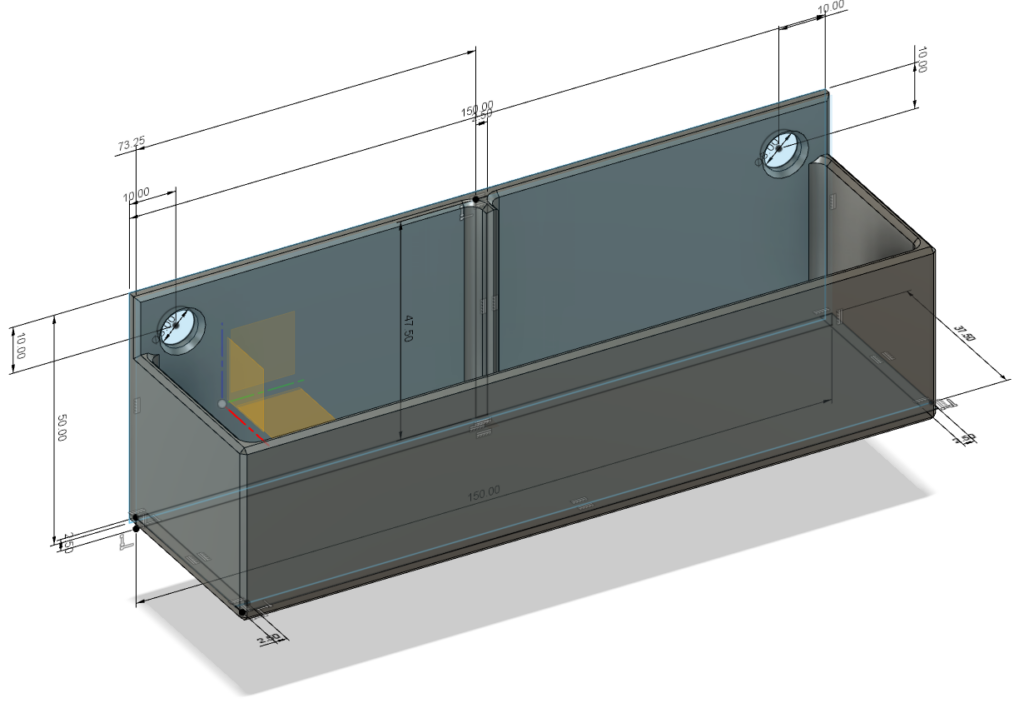You probably know that there are three main digital modes for amateur radio. This is not a detailed comparison of the modes or even a technical comparison. I have radios for each of these modes and I have spent time working with them and making QSOs using all of them. At the end of the day, they all work, and you can use them to make local contacts or anywhere around the globe. So let’s talk a bit about each of these modes.
D-STAR
D-Star is the oldest digital mode and is an open standard developed by the Japan Amateur Radio League (JARL). It was developed for Amateur Radio and primarily associated with ICOM since they are the primary manufacturer of equipment for D-STAR but there are others including Kenwood.
DMR
The Digital Mobile Radio and originated in Europe for business as it was intended for commercial communications. There are many manufacturers of DMR radio and the pricing varies greatly. Great radios for DMR can be purchased for less than $150 and good ones for under $100. These good low cost radios have increased the popularity of DMR recently.
System Fusion
Yaesu’s System Fusion is the newest digital mode and is not an open standard. One feature that sets System Fusion apart is the ability of Yaesu’s radios and repeaters to automatically switch between Analog and System Fusion. This allows repeaters to be upgraded in place so they will continue to serve Analog users and those that have new System Fusion radios.
My choice
As I said before all of these modes work and work well. DMR in my opinion is very difficult to program and very inflexible. None of the DMR radios I have experience with can even be programmed from the keypad. They required some knowledge and experience with DMR to get started. D-Star is easier to program than DMR. The radios I have experience with provide the ability to find digital repeaters and select reflectors to get you on the air. I find that System Fusion is the easiest to use. You can get on the air and join in without any programming. That makes System Fusion my choice for digital operations. Your choice might be different and I respect that.


